Alberta collaboration reduces cost, promotes equity
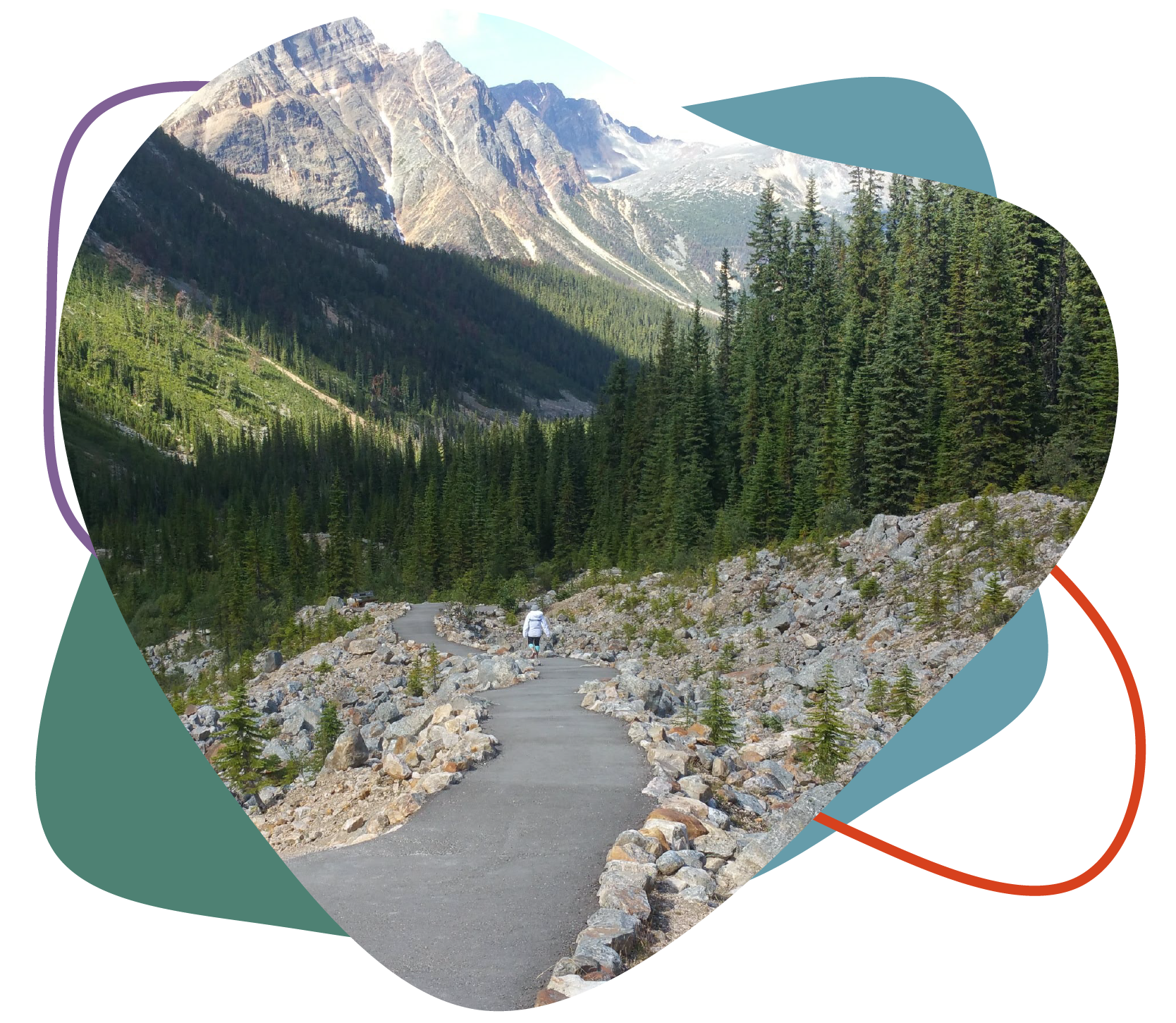
Introduction
Alberta, Canada, a province rich in natural resources, boasts a robust technology infrastructure. While connectivity is less of an issue here than elsewhere, gaps still exist in access to quality education between and within urban, suburban and rural areas. In thinly populated rural areas, low enrollment and proximity make delivering the content students need an ongoing challenge. This impacts educational access for a significant part of the population. Additionally, extreme weather conditions across the province are known to cause students to lose class time when buses can’t run or schools close. The recent global pandemic had an even more widespread impact on student access.
Using technology as a means for increasing access and equity is evident in distance learning, which serves a wide range of students across the province. Students in rural areas and from traditionally marginalized groups have been able to study in a remote capacity from home, at outreach centers or at school with their teacher in a different location. Some of these students are professional performers and athletes, students missing credits and learners in isolated communities. Technology can not stand alone as a solution, however, it also depends on content and teachers. In Alberta, educators teaching asynchronously were provided supplementary instruction and assessment resources by the province to support their distance learning curriculum for many years.
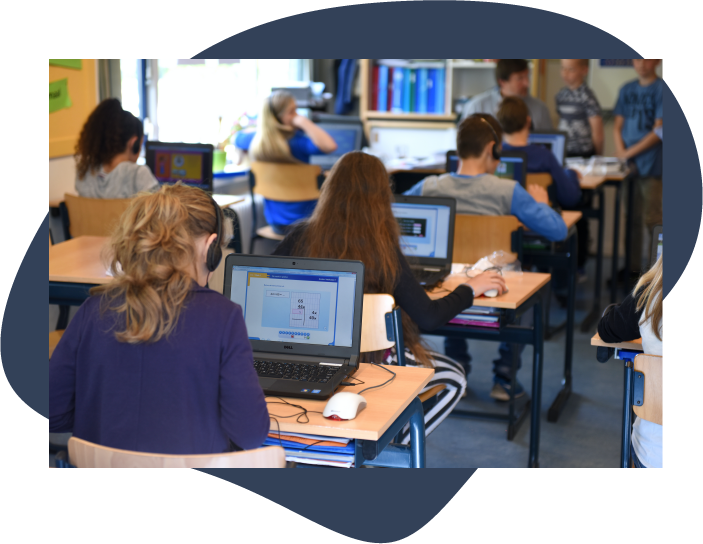
Challenge
In August 2021, provincial restructuring eliminated the supplementary curriculum resources for distance learning across Alberta. The move threatened equity since these government-provided resources had been used to support students living in remote areas and students who belong to traditionally underserved groups including Hutterite colonies, communal farming communities, Inuit and other First Nations communities and others. On a side note, some of the materials were outdated, needed refreshing or were not attuned to 21st-century skills development.
As Alberta school division leaders considered options for filling the imminent gap in resources, they looked for a sustainable solution that would be affordable, prioritize the province’s vulnerable populations and promote increased access to top quality education for all students.
“We wanted to not only replace previous government-provided resources, but to make the new resources even better,” explains Amber Darroch, Associate Superintendent of Learner Services at Horizon School Division.
The new materials would need adaptability and flexibility built in to meet the needs that varied between small rural southern and larger centers outside of Edmonton or Calgary. Further north in largely rural Grande Yellowhead School Division, where proximity and enrollment are issues school leaders commonly grapple with, classes quite often are combined and taught by an individual teacher, notes Secretary-Treasurer Sean Nicholson. Grande Yellowhead is not alone as similar challenges are found in places like Northland School Division which encompasses areas of the Arctic Circle.
The timing of the restructuring generated additional urgency as educators operated in COVID 19 response mode and remote instruction had become the go-to form of education. Yet having overcome similar obstacles in delivering content when instruction went remote, educators demonstrated fortitude and rapidly responded to the new challenge.
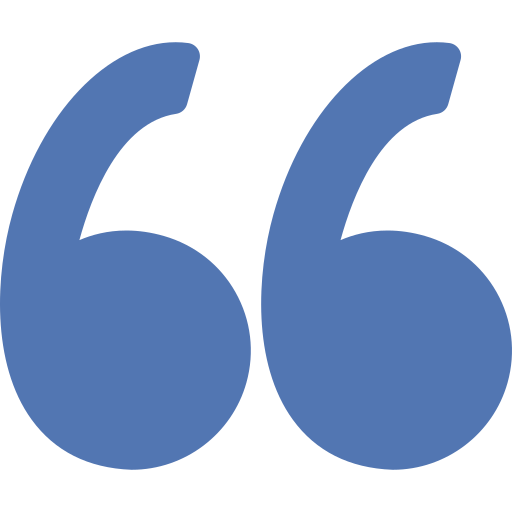
We wanted to not only replace previous government-provided resources, but to make the new resources even better.
Solution
The solution involved three key elements: collaborative human effort, open resources and digital delivery.
As the clock ticked until distance learning materials across Alberta would be discontinued, a collaborative human effort was formed across divisions to support the larger education community, akin to a digital barn raising. The group, known as the Alberta Collaboration for Learning (ACL), embarked on a large-scale effort to provide the valuable and essential resources teachers needed by curating digital Open Education Resources (OER) and adapting them to Alberta curriculum standards.
TandemTrax Student Dashboard Digital Backpack was employed to organize, store and deliver content to students. Learners easily access this combination digital reader and student dashboard from a personal or school device whether it’s a Chromebook, computer or student smartphone. Along with this equity-promoting feature, the tool was designed by taking into account the social emotional factors tied to learning and academic achievement.
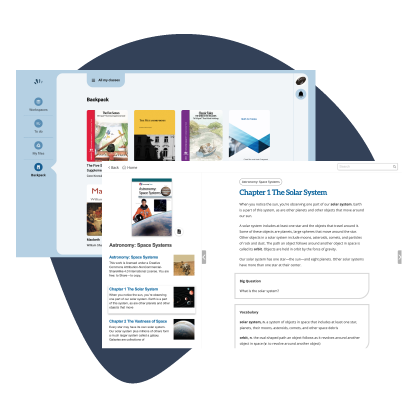
Element one: Collaborative human effort
The collaborative spirit is a legacy throughout Alberta where neighbors traditionally pull together to get through harsh winters. “It’s a very open community. We’re there for each other. We’re not into purchasing material; we’re into sharing content with each other,” says Heather Rentz who led the initiative along with Katrin Heim, both of Learner Services at Buffalo Trail Public Schools. Heim explains that a culture of collaboration evolved over the course of a number of years across her division as teachers from different schools developed relationships and began sharing materials “long before we began entertaining the idea of learning from home and delivering content from a distance.”
Working together with other divisions was the natural solution, according to Darroch. “There was no mandate or quota required. Whether you contributed on a grand scale or smaller didn’t matter, a partner is a partner,” she relates.
Educators came from the Horizon School Division, Buffalo Trail Public Schools, Sturgeon Public Schools, Westwind School Division, Livingstone Range School Division, Grande Yellowhead Public School Division and Northland School Division. Adelee Penner of the Edmonton Regional Learning Consortium coached and managed the group.

Heim explains that a culture of collaboration evolved over the course of a number of years across her division as teachers from different schools developed relationships and began sharing materials “long before we began entertaining the idea of learning from home and delivering content from a distance.”
“We were worried in the beginning whether teachers would come forward or not because they were exhausted,” says Penner. “It’s been really humbling to work with folks who are tired and stretched, and they continue to stretch themselves because they believe in the project and they believe in the outcome.”
Through their tireless work of vetting and adapting existing OER resources, team members aimed to promote academic efficacy for distance learning as well as classroom instruction. The quantity of work the collaboration completed over the summer was phenomenal. Individual educators tirelessly pooling their time, knowledge and resources and achieving an end greater than the sum of its parts exemplifies what Dr. Thea Singer Spitzer, calls the Power of Collaboration. As developer of the Silicon Valley Approach to Collaboration, she has observed over the course of 25 years that teams reach an entirely different level of achievement by working exceptionally well with others.
“It’s significant for school jurisdictions to be able to say ‘I’ve paid my staff to create this for our kids and now we’re going to give it to you,’ and vice versa. Those kinds of things haven’t happened as much in the past as I think we’d like in the education community,” says Penner.
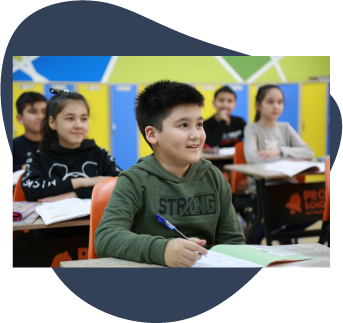
Element two: Free openly-licensed education resources
Open Educational Resources (also known as openly licensed educational resources) are defined by UNESCO as teaching, learning and research materials in any medium – digital or otherwise – that reside in the public domain or have been released under an open license that permits no-cost access, use, adaptation and redistribution by others with no or limited restrictions.
The open license and digital format of OER allows for easy customization of learning materials to meet division-level standards, class objectives and distinct student needs. Since they can be freely distributed to anyone, all students with an internet connection have access. The terms of use of openly licensed educational resources allow educators to maintain the quality and adapt learning materials to the needs of their students without breaking copyright laws. Teachers are able keep class materials up-to-date and relevant unlike perpetually outdated textbooks.
Since outdated resources force districts to re-invest significant portions of their budgets to replace them, switching to openly licensed educational materials enables schools to repurpose funding spent on textbooks for other pressing needs. In some school districts, per the U.S. Department of Education, replacing just one textbook has made tens of thousands of dollars available for other purposes. Based on TandemTrax data, school jurisdictions save an average of $13.80 per student each year and are able to replace their entire textbook purchasing plus provide teachers with complete year curriculums for all subjects online.
The DOE Office of Education Technology provides support and resources for U.S. districts. In Canada, governmental OER support is at the provincial level. The Canadian Association of Research Libraries (CARL) has compiled information on these resources.
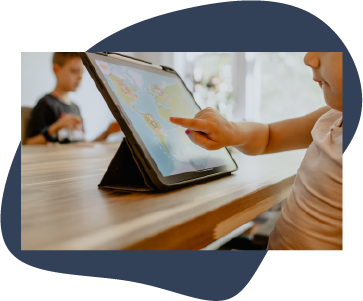
Element three: Technology that delivers
With TandemTrax Student Dashboard Digital Backpack everything a learner needs appears on one mobile-friendly page. This allows parents and students alike to easily access assignments, announcements, Gmail and G Suite files from a smartphone or other personal device or school devices whether it’s a Chromebook, computer or other personal device. It is designed to provide access to high-quality licensed and open source educational resources and digital reading tools, including; textbooks, literature, learning packets, digital reading tools and content tailored to K-12 readers.
Student Dashboard Digital Backpack makes it incredibly easy for educators to differentiate and provide an individual set of resources to best meet each student’s needs. Additional resources can quickly and easily be added to the entire library for particular classrooms or subgroups. Districts review and evaluate the efficacy of their learning library after time and make adjustments as required.
Unlike similar technology, in the TandemTrax digital reader, page numbers sync with the physical text based resource. Although this may not seem like a big deal, it prevents undue stress in a classroom where some students may be using a physical textbook. The student dashboard is a structured interface that makes it simple to check the status of assignments in every class which helps to promote student agency while building both digital literacy and self management.
The tool lends itself to use by various sized groups of educators. TandemTrax Student Dashboard Digital Backpack is a powerful tool whether used in a huge province or with statewide initiatives like the ALC, across a district in a particular grade or subject area band or even within a building. It enables educators to team up and break up the potentially overwhelming task of creating a robust set of resources.

It enables educators to team up and break up the potentially overwhelming task of creating a robust set of resources.
Results and impact
rMore than 600 literature, science and math resources, along with a collection of 40 grade level Alberta curriculum informational texts, had been curated since the beginning of the 2021-22 school year. The result is a comprehensive digital library of Alberta Program of Studies content in both synchronous and asynchronous formats. Now across the province, teachers at schools in participating divisions are using these resources with students for remote and classroom instruction.
Highly-individualized and diversified learning
Since a TandemTrax Student Dashboard Digital Backpack can literally be packed with educational resources specific to individual needs, teachers can differentiate learning and provide the best level in a discrete way for their students.
For these teachers, the ease of individualizing learning is truly remarkable. Looking back on her 20 plus years of teaching, Mellow recalls how much work was involved in adapting textbooks or binders to meet specific needs, which at times was not even possible. “Now with a really concrete set of instructional tools there are tons of choices for both teacher and student. With the digital platform, we can add, delete, tweak and modify literally at the touch of a button. So compared to the resources we historically have relied on, these are much more adaptable. We now can be really deliberate with how we’re targeting the needs of each student and each class.”

Since a TandemTrax Student Dashboard Digital Backpack can literally be packed with educational resources specific to individual needs, teachers can differentiate learning and provide the best level in a discrete way for their students.
Impact for parents and families
Education technology that is not logical and easy to figure out often creates unnecessary and at times unsurpassable barriers for time-strapped parents. As critical partners in their young learners’ educational journey, this ends up negatively impacting students.
Mellow reports that the organization of the ongoing stream of learning activities, tasks and expectations through the student dashboard is logical and intuitive. “It’s meant to give a real clear direction for students and parents,” she says. “In situations where parents are supporting kids at home, we’ve had a lot of positive feedback that it makes more sense to manage from a parent’s point of view.”
Even with schools in session, teachers continue to vet free OER texts to build larger libraries. These growing virtual stacks are having an unexpected impact. Along with benefiting students, teachers and school divisions, families are reaping extra perks. Penner shares an anecdotal story that grandparents who have lived their lives in remote places without libraries are now reading classic literature they never could as children, thanks to access through their grandchildrens’ TandemTrax Student Dashboard Digital Backpacks.
In Alberta, new school jurisdictions are joining the ACL each month as the original founding members welcome all that wish to participate. Ultimately, this three-fold initiative can be replicated by school jurisdictions around the globe and is already underway in US states. It helps create some equalizers for students and teachers and significantly saves districts money. Having enhanced student curriculum and professional development resources widely available to educators helps close the equity and access gap for K-12 learners with varied needs, regardless of whether they live in urban centers or isolated rural areas.
